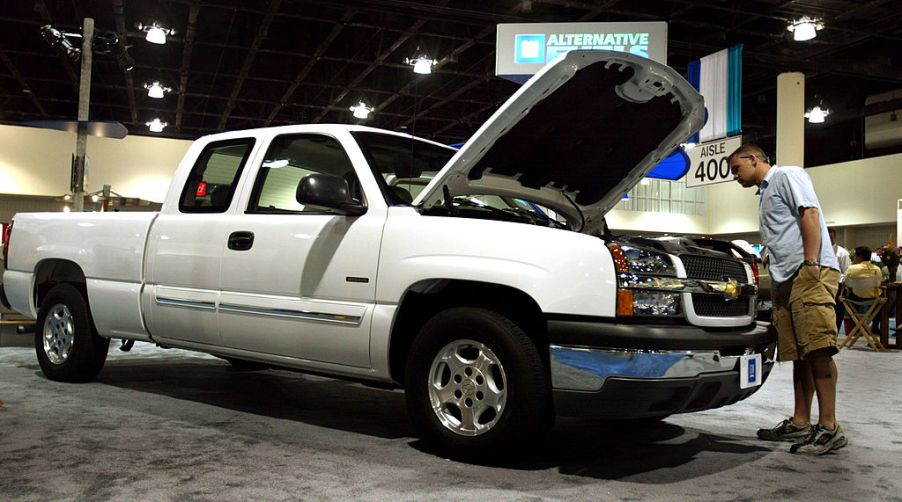
What Are the Differences Between a V6 and a V8 Truck?
Unless you’ve been cloistered away in some remote region of the world, you’ve no doubt heard the terms V6 and V8 bandied about in relation to automobiles. You may even go so far as to commit to knowing that a V8 engine represents more power than that of the V6.
That knowledge may run a little thin, however, when asked to commit to a preference in full-sized pickup trucks. The reason is that while there was a time when no self-respecting full-size truck owner would even consider anything less than a V8, modern advances are quickly placing the V6 in the competitor’s circle. Ford’s F-150 Raptor with its 3.5-liter V6 engine, for instance, produces a whopping 450 hp. While a HEMI-powered Ram can out tow the EcoDiesel V6, the margin is a small one: 10,400 lb. weight limit for the V8 as opposed to the V6’s max of 9,100.
Let’s take a look at what the considerations are when deciding between a V6 and V8 truck.
What do the numbers mean?
The numbers simply mean the number of cylinders required to power a specific engine. A V6, then, is a 6-cylinder engine. Likewise, a V8 represents an 8-cylinder.
Gas is ignited by the spark from the spark plug within each of the cylinders. That spark creates a succession of continuous small explosions, which provides the energy for the cylinders to rotate the engine and move the vehicle down the road. In essence, more cylinders equal more power.
The turbocharge game changer
A turbo increases the cylinders’ internal combustion by using the exhaust gas to power the turbine. The compressed air is a lightweight and fuel-efficient solution to increase an engine’s horsepower. This means easier power for your truck.
What does the “V” mean in V6 and V8?
Sometimes, cylinders are arranged in a straight row in the engine. Other times, they are designed in two equal rows around the crankshaft. So a V6 has one bank of three cylinders on one side of the crankshaft and three on the other. The V8 is arranged in a four-and-four configuration. The rows are connected to one another in a V-like pattern.
Pros of a V6 truck
When it comes to V6 trucks one of the biggest advantages comes in weight reduction. Essentially, less weight improves navigation and acceleration.
The horsepower differences and towing capabilities between a V6 and V8 are minimal with today’s technology, especially with the added compression of a turbocharger. A Ram 1500, for example, provides a standard 3.6L V6 engine with 305 hp and 269 lb-ft of torque.
Its towing capacity is 7,730 pounds. The Ram 1500 V8, on the other hand, features a 5.7L Hemi V8 with 395 hp and 410 lb-ft of torque. Without the Etorque feature, the V8 tows 11,610. The Ford F-150 Raptor 5L Ecoboost V6 with a Max Trailer Tow Package option can tow up to 13,200.
Fuel economy is a major issue, and you’ll see a definite advantage at the pump when you fill up your V6. So if you don’t need your truck to work too hard, a V6 is the better option.
Pros of a V8 Truck
A V8 is a powerful workhorse if you’re consistently pulling equipment. Unless you have an upgraded V6 diesel, you need the additional torque and balance a V8 provides.
In general, V8s provide better overall power, speed, and acceleration. The rear torque ratios of a V8 are also designed for optimal towing performance. Additionally, some find that the perpendicular cylinder configuration of the V8 provides a smoother and quieter ride than a V6.
Deciding between a V6 and V8 truck depends on your lifestyle and how you intend to use your vehicle. Each design has pros and cons. With advances in technology, the capabilities of a V6 are quickly gaining traction on the V8; however, there continue to be situations specifically reserved for the power of the V8 engine.


